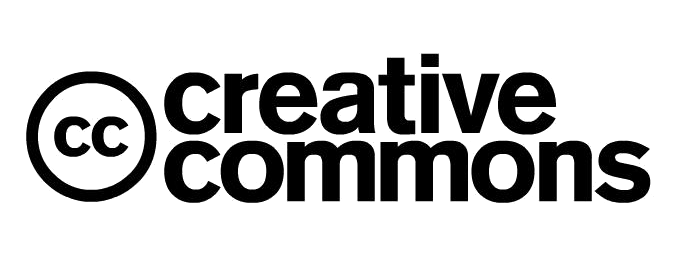A new subspecies Thinodromus (s. str.) socius taichungensis ssp. n. from Taiwan and Japan (Coleoptera: Staphylinidae: Oxytelinae)
DOI:
https://doi.org/10.33910/2686-9519-2021-13-1-115-119Keywords:
Coleoptera, Staphylinidae, Oxytelinae, Thinodromus, new subspecies, Taiwan, JapanAbstract
The species Thinodromus (s. str.) socius (Bernhauer, 1904) belongs to the taxonomically complex Thinodromus lunatus species group, widespread in the Oriental Region. The article describes a new subspecies Thinodromus (s. str.) socius taichungensis ssp. n. from Taiwan and the Japanese island of Honshu. The new subspecies has an identical aedeagus structure with the nominative subspecies Thinodromus (s. str.) socius socius (Bernhauer, 1904), which is widespread in Central Vietnam and South China. However, it is well distinguished by a considerably finer and more dense puncturation of pronotum and elytra.
References
Gildenkov, M. Yu. (2017) A review of the Thinodromus Lunatus species-group (Coleoptera, Staphylinidae). Entomological Review, vol. 97, no. 8, pp. 1089–1105. https://doi.org/10.1134/S0013873817080097 (In English) [Гильденков, М. Ю. (2017) Обзор группы видов Thinodromus lunatus (Coleoptera, Staphylinidae). Зоологический журнал, т. 96, № 10, с. 1165–1180. (Русская версия)]
Downloads
Published
Issue
Section
License
Copyright (c) 2021 Mikhail Yu. Gildenkov

This work is licensed under a Creative Commons Attribution-NonCommercial 4.0 International License.
The work is provided under the terms of the Public Offer and of Creative Commons public license Creative Commons Attribution 4.0 International (CC BY 4.0).
This license permits an unlimited number of users to copy and redistribute the material in any medium or format, and to remix, transform, and build upon the material for any purpose, including commercial use.
This license retains copyright for the authors but allows others to freely distribute, use, and adapt the work, on the mandatory condition that appropriate credit is given. Users must provide a correct link to the original publication in our journal, cite the authors' names, and indicate if any changes were made.
Copyright remains with the authors. The CC BY 4.0 license does not transfer rights to third parties but rather grants users prior permission for use, provided the attribution condition is met. Any use of the work will be governed by the terms of this license.







